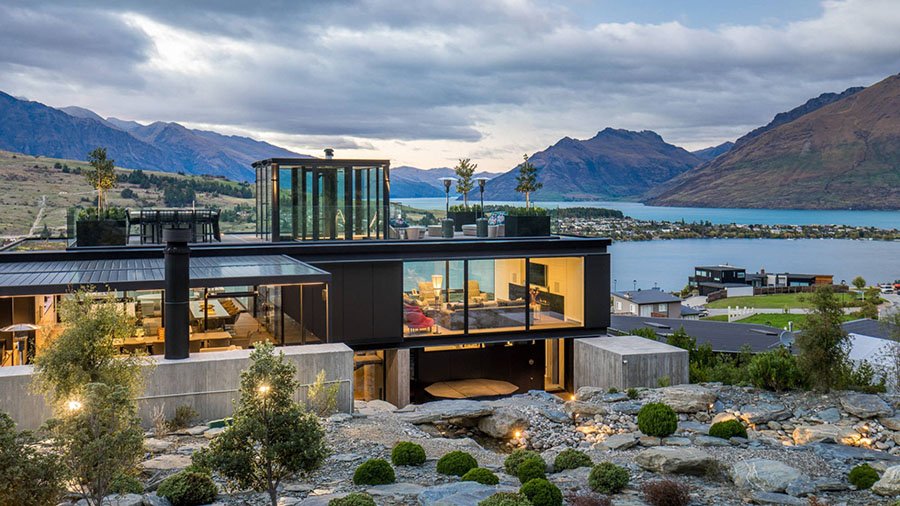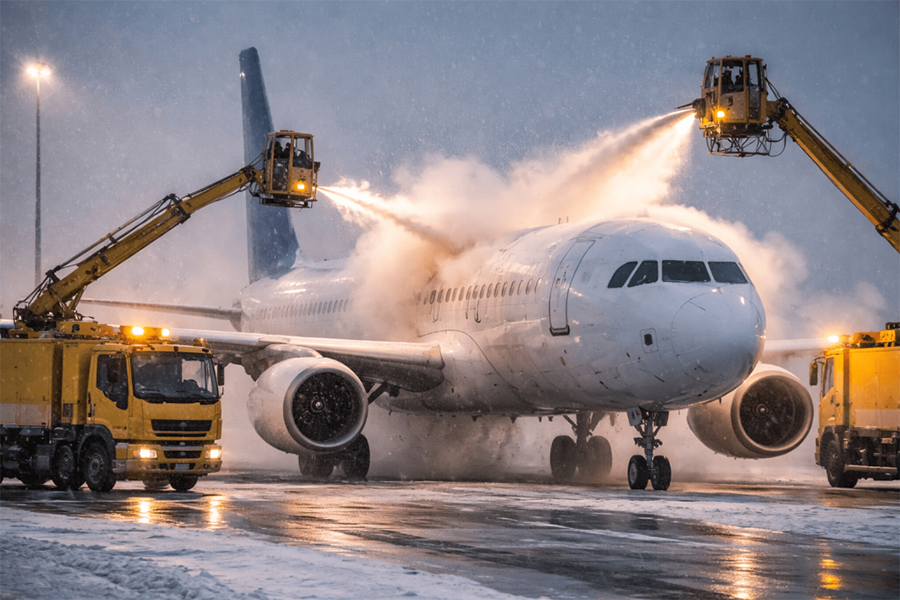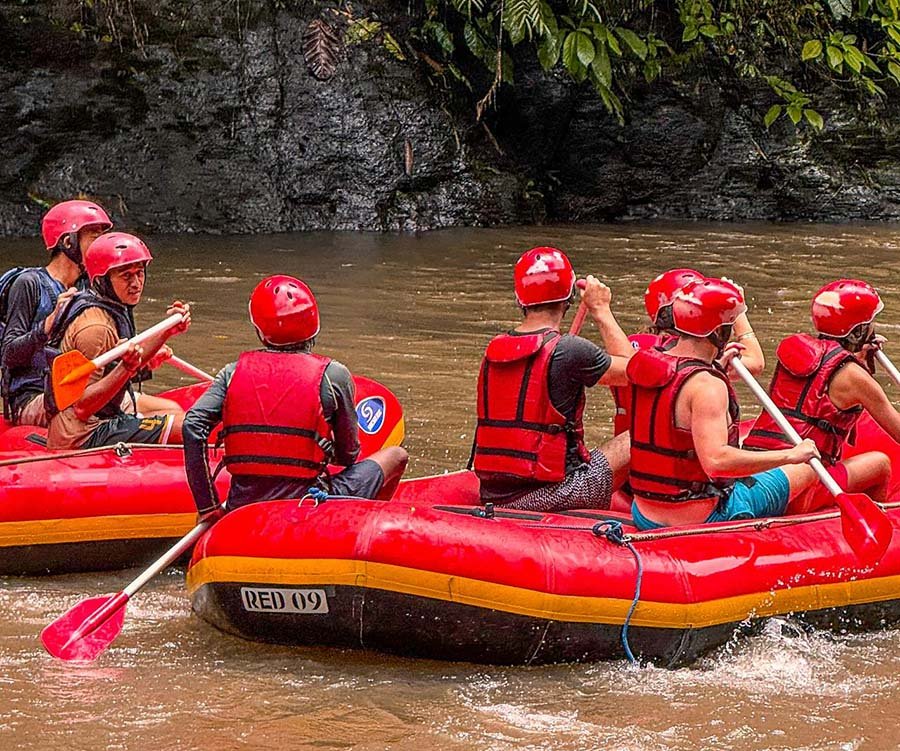читайте также
 Snow Cyclone “Francis” in Russia: Widespread Disruptions at Airports and on Roads
Snow Cyclone “Francis” in Russia: Widespread Disruptions at Airports and on Roads
 Canada tightens scrutiny at land crossings: Asylum claims show a clear decline
Canada tightens scrutiny at land crossings: Asylum claims show a clear decline
 Wealthy Americans eye New Zealand luxury homes: Ban lift reshapes the top end of the market
Wealthy Americans eye New Zealand luxury homes: Ban lift reshapes the top end of the market
 Europe Hit by Storm Goretti: Transport Disruptions and Power Outages
Europe Hit by Storm Goretti: Transport Disruptions and Power Outages
 Snow Disruptions at Brussels Airport
Snow Disruptions at Brussels Airport
 EU Pressures Bosnia Over Visa Policy Divergence
EU Pressures Bosnia Over Visa Policy Divergence
Adventure Tourism and the Hotel Industry: Growth Drivers and New Directions

Photo: Pexels
The global adventure tourism market—which includes hiking, camping, cycling trips, and extreme/leisure activities—continues to expand rapidly. An Allied Market Research report notes that the sector will grow from $324.9 billion in 2022 to $1.95 trillion by 2032, with an expected average annual growth rate of 19.5%.
Key growth drivers include rising incomes in developing countries, cheaper air travel and accommodation, and the adoption of digital technologies—from mobile apps to big data and artificial intelligence. These tools allow travelers to plan trips faster and more precisely, while enabling operators to deliver personalized services. Social media—where new routes are promoted at scale—and substantial investment in tourism infrastructure provide additional momentum.
Constraints remain: terrorism, rising crime, political instability, and natural disasters all directly affect demand and can limit the development of specific destinations. Even so, analysts believe the sector’s expansion will be resilient: positives far outweigh the risks, and growing global engagement with eco-friendly and active recreation creates long-term opportunities.
By trip type, the core segment is low- and medium-risk travel (soft adventure), accessible to a broad audience. In 2022 it accounted for more than half of global turnover and is expected to retain leadership with a 19.7% CAGR over the next decade. Soft adventure’s popularity stems from its universality: it suits both younger travelers and older people who want to be closer to nature and are open to learning.
By activity, land-based experiences lead—mountain trekking, expeditions, and camping—thanks to simple logistics and relatively low costs. They are expected to maintain leadership through 2032. However, air-based activities will show the fastest growth (20.2% CAGR): paragliding, hang gliding, and skydiving are especially popular with younger tourists.
By traveler type, couples held the largest market share in 2022, outpacing other segments both in size and growth. By age, the most active group remains 30–41-year-olds: they account for more than two-fifths of the market and set the pace thanks to their financial capacity and willingness to travel regularly.
By sales channel, direct bookings dominate—about 60% of global turnover in 2022. Their growth (19.7% CAGR) is driven by digitalization and the simplification of trip planning. Agency sales persist, but trail in momentum.
Regionally, Europe remains the leader, generating more than one-third of global revenue in 2022. Developed infrastructure and a mild climate make it attractive for mass tourism. At the same time, the fastest growth is forecast in the Asia-Pacific region—20.7% annually—driven by economic upturns, lifted restrictions, intensifying competition, and aggressive national marketing campaigns.
Overall, hospitality and tourism continue to gain traction. According to JLL, by November 2024 accommodation demand reached 4.8 billion room nights—102 million more than in 2023—while RevPAR rose by 3.7%. In EMEA, indicators exceeded pre-COVID levels: RevPAR was 25.3% above 2019.
Business Research Insights notes that hotel-sector growth is directly linked to greater travel accessibility and diversification of formats—from budget apartments to premium hotels. The rise of OTAs and mobile apps has simplified booking, while the focus has shifted to unique experiences: travelers now value immersion and impressions rather than the trip alone.
Technological transformation is becoming the industry’s key competitive edge. Smart solutions and AI systems help hotels better understand guest preferences and build personalized strategies. Yet barriers persist. High implementation costs and integration complexity remain obstacles, while data-leak risks keep cybersecurity in the spotlight. Limited trust in data processing and sharing within the industry can slow the creation of large-scale analytics foundations essential for strategic hotel development.
Regional differences remain significant. North America leads by market share thanks to rising leisure spending and strong domestic tourism; Europe consistently holds second place due to urbanization and business activity; and Asia-Pacific shows the fastest growth. India, China, and Japan drive much of the expansion, while Thailand is becoming Asia’s largest branded-residences market.
The branded-hotel segment continues to demonstrate resilience even amid economic uncertainty. Major international chains—Marriott, Hilton, Accor, Wyndham—are expanding their portfolios and launching new projects in countries with developing infrastructure and rising demand. Georgia stands out among such markets: in recent years it has strengthened its position on the global tourism map. The country attracts not only with mountain routes and seaside resorts but also with its rich cultural heritage; the growing interest in adventure and eco-tourism is forming a new audience.
Major international brands have established a presence in Tbilisi and Batumi, with new projects underway. For global operators, Georgia is a case study: limited high-quality supply alongside rising tourist inflows opens wide investment opportunities.
According to Business Research Insights, hospitality will continue to develop actively at least through 2032. Growing interest in gastronomic tourism, concerts, festivals, and theme parks complements the adventure-travel trend, broadening the range of experiences on offer.





